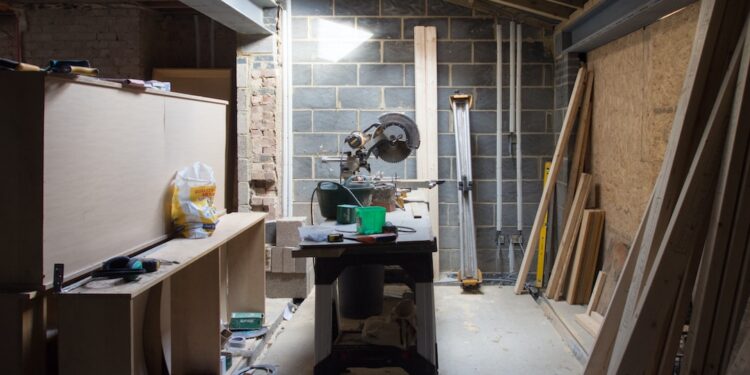Repurposing and Upcycling: Giving New Life to Old Furniture
In today’s throwaway culture, finding ways to repurpose and upcycle old furniture has become increasingly popular. Not only does repurposing give new life to old pieces, but it also reduces waste and contributes to a more sustainable future. Whether you’re a DIY enthusiast or simply someone looking to add unique and eco-friendly touches to your home, repurposing and upcycling can be a fulfilling and creative endeavor.
Repurposing furniture involves taking an old or unused piece and transforming it into something entirely different. The possibilities are endless. A worn-out wooden dresser can become a beautiful bathroom vanity with a fresh coat of paint and new hardware. Old doors can be turned into headboards or even tables. With a little imagination and the right tools, the furniture you once thought was destined for the landfill can become a statement piece in your home.
One of the main benefits of repurposing furniture is its sustainability factor. Instead of buying new pieces, repurposing allows you to make the most of what you already have. By harnessing your creativity, you can give old furniture a second chance and divert it from the waste stream. Not only does this help reduce the demand for new resources, but it also helps decrease the amount of furniture that ends up in landfills, where it can take years to break down.
Additionally, repurposing and upcycling can be a more budget-friendly alternative to buying new furniture. Investing in quality pieces can be expensive, but by repurposing and upcycling, you can create unique and personalized items without breaking the bank. With a little time and effort, a $10 thrift store find can easily be transformed into a stunning centerpiece for your living room.
Moreover, repurposing and upcycling furniture allows you to infuse your personal style and taste into your space. Instead of settling for generic, mass-produced pieces, repurposed furniture carries a sense of individuality and character. Whether you prefer a rustic farmhouse look or a sleek modern design, repurposing gives you the opportunity to tailor your furniture to fit your unique style.
If you’re new to repurposing and upcycling, getting started can be as simple as finding inspiration through magazines, online resources, or even your own creativity. Once you find a piece of furniture you want to repurpose, start by assessing its condition. Determine if it needs repairs or just a fresh coat of paint. Decide if you want to repurpose it as-is or dismantle it to create something completely different. You might even consider combining different elements from multiple pieces to create a one-of-a-kind item.
When it comes to upcycling, the process involves taking an old item and repurposing it for a different function. For example, an old ladder can become a unique bookshelf, or an old suitcase can be turned into a coffee table. Upcycling often requires a bit of creative thinking and problem-solving to find new uses for old items. It’s all about giving new life to something that would otherwise be thrown away.
Repurposing and upcycling furniture not only benefit the environment and your wallet but can also be an incredibly satisfying and rewarding hobby. The sense of accomplishment that comes from breathing new life into old furniture is unmatched. Each repurposed or upcycled piece tells a story and provides a glimpse into your creativity and resourcefulness.
In conclusion, repurposing and upcycling furniture is a sustainable and creative way to give new life to old pieces. By reimagining the potential of discarded items, you can contribute to a more sustainable future while adding a personal touch to your home. Whether you’re repurposing a dresser, upcycling an old door, or transforming any other piece of furniture, the possibilities are endless. Embrace your creativity, reduce waste, and revel in the joy of breathing new life into old furniture.















